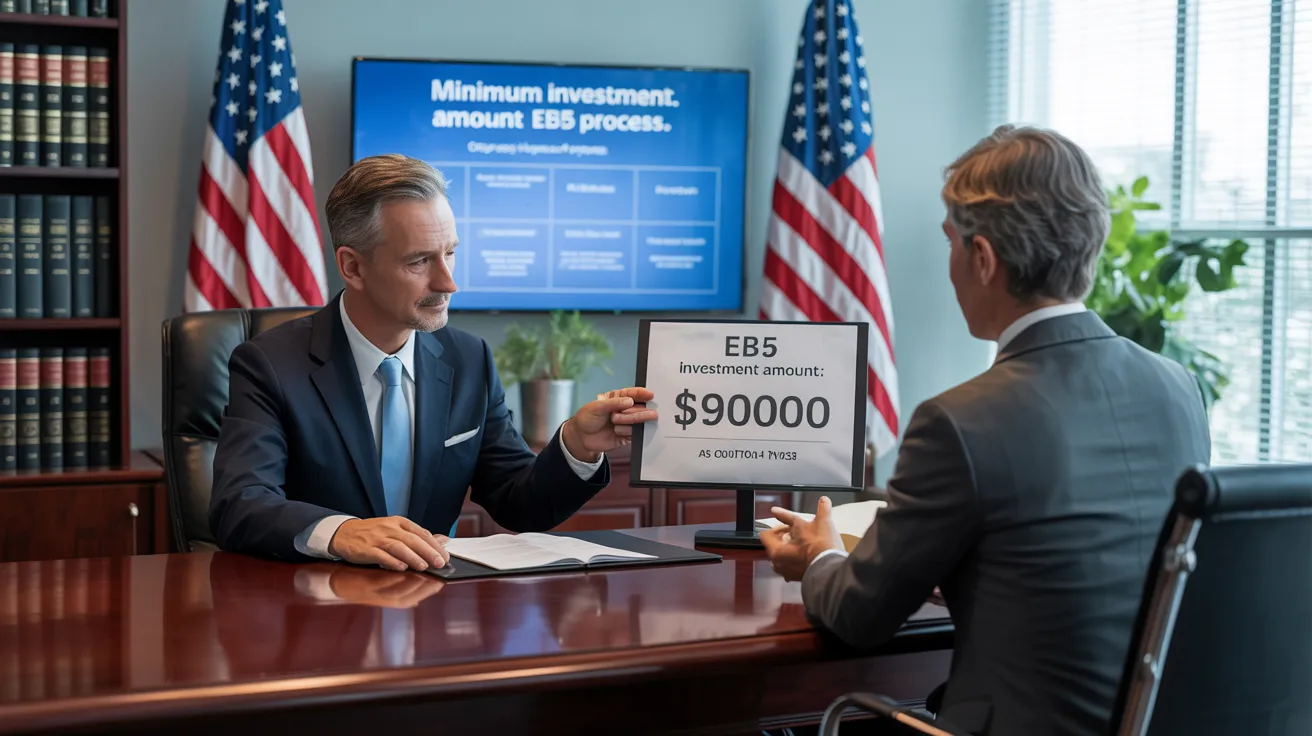Apply for L1 Visa
The 4-Minute Rule for L1 Visa
Table of ContentsL1 Visa Can Be Fun For EveryoneThe Main Principles Of L1 Visa An Unbiased View of L1 VisaTop Guidelines Of L1 VisaMore About L1 VisaL1 Visa Can Be Fun For Everyone
Offered from ProQuest Dissertations & Theses International; Social Science Costs Collection. DHS Workplace of the Inspector General. Gotten 2023-03-26.
U.S. Division of State. Recovered 22 August 2016. "Employees paid $1.21 an hour to set up Fremont technology firm's computers". The Mercury Information. 2014-10-22. Fetched 2023-02-08. Costa, Daniel (November 11, 2014). "Obscure temporary visas for foreign technology employees depress earnings". Capital. Tamen, Joan Fleischer (August 10, 2013). "Visa Holders Change Workers".
L1 Visa Fundamentals Explained
In order to be eligible for the L-1 visa, the foreign business abroad where the Beneficiary was employed and the U.S. business must have a certifying relationship at the time of the transfer. The different types of qualifying connections are: 1.
Instance 1: Firm A is included in France and employs the Recipient. Company B is incorporated in the U.S. and desires to seek the Beneficiary. Company An owns 100% of the shares of Business B.Company A is the Moms And Dad and Firm B is a subsidiary. Consequently there is a qualifying relationship between the 2 business and Company B must have the ability to fund the Recipient.
Example 2: Company A is integrated in the united state and wants to seek the Beneficiary. Company B is included in Indonesia and uses the Beneficiary. Business A has 40% of Firm B. The remaining 60% is had and regulated by Company C, which has no relationship to Firm A.Since Business A and B do not have a parent-subsidiary partnership, Company A can not fund the Beneficiary for L-1.
Company A possesses 40% of Company B. The remaining 60% is possessed by Firm C, which has no relationship to Firm A. Nevertheless, Business A, by formal contract, controls and complete manages Business B.Since Company An owns much less than 50% of Business B however handles and controls the company, there is a certifying parent-subsidiary connection and Firm A can fund the Recipient for L-1.
Facts About L1 Visa Revealed
Affiliate: An affiliate is 1 of 2 subsidiaries thar are both owned and regulated by the same moms and dad or person, or owned and controlled by the exact same group of individuals, in generally the exact same proportions. a. Example 1: Firm A is integrated in Ghana and utilizes the Recipient. Firm B is incorporated in the U.S.
Business C, likewise integrated in Ghana, owns 100% of Company A and 100% of Company B.Therefore, Company A and Business B are "affiliates" or sister firms and a qualifying connection exists between both companies. Firm B should be able to sponsor the Beneficiary. b. Instance 2: Firm A is incorporated in the U.S.
Firm L1 Visa law firm A is 60% possessed by Mrs. Smith, 20% owned by Mr. Doe, and 20% owned by Ms. Brown. Firm B is integrated in Colombia and presently employs the Recipient. Firm B is 65% had by Mrs. Smith, 15% possessed by Mr. Doe, and 20% had by Ms. Brown. Firm A and Business B are affiliates and have a certifying connection in two various ways: Mrs.
The L-1 visa is an employment-based visa classification developed by Congress in 1970, permitting multinational firms to move their managers, execs, or vital workers to their explore your L1 Visa U.S. procedures. It is frequently referred to as the intracompany transferee visa. There are two main types of L-1 visas: L-1A and L-1B. These types are appropriate for staff members employed in different settings within a company.

Furthermore, the beneficiary should have operated in a supervisory, executive, or specialized employee position for one year within the three years preceding the L-1A application in the international business. For brand-new workplace applications, foreign employment has to have remained in a supervisory or executive capacity if the beneficiary is coming to the USA to function as a manager or exec.
The 30-Second Trick For L1 Visa

If granted for a united state firm functional for even more than one year, the initial L-1B visa is for approximately 3 years and can be prolonged for an added 2 years (L1 Visa). Alternatively, if the U.S. company is recently established or has actually been operational for less than one year, the preliminary L-1B visa is issued for one year, with expansions readily available in two-year increments
The L-1 visa is an employment-based visa classification developed by Congress in 1970, enabling international firms to move their supervisors, execs, or crucial employees to their U.S. operations. It is commonly referred to as the intracompany transferee visa.
Unknown Facts About L1 Visa
In addition, the beneficiary has to have worked in a supervisory, executive, or specialized worker setting for one year within the three years preceding the L-1A application in the foreign company. For brand-new workplace applications, international work has to have been in a managerial or executive capacity if the beneficiary is pertaining to the USA to function as a supervisor or L1 Visa process executive.
for up to 7 years to look after the procedures of the united state affiliate as an executive or supervisor. If released for an U.S. company that has been functional for greater than one year, the L-1A visa is originally granted for as much as 3 years and can be prolonged in two-year increments.
If provided for an U.S. company functional for even more than one year, the initial L-1B visa is for up to 3 years and can be expanded for an additional 2 years. On the other hand, if the united state company is recently developed or has actually been functional for less than one year, the initial L-1B visa is issued for one year, with expansions offered in two-year increments.